On December 11, 1875 a horrible explosion occurred at the dock in Bremerhaven, Germany, leaving over 80 people dead and many more maimed and injured. The story of how this came to be starts with a man named Alexander Keith, Jr., also known by the alias William King Thomas.
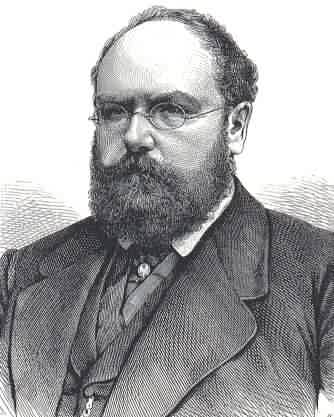
Keith was born 1827 in Scotland and moved to Halifax, Nova Scotia when he was a boy. As a young man he worked briefly for his uncle, Alexander Keith, who was a well-known and influential man in Halifax having served as mayor and owning a popular brewery, Alexander Keith’s. The brewery still operates to this day. When the Civil War broke out in the United States Keith saw an opportunity and aligned himself with the Confederacy although he seized every chance to take advantage of both the North and the South. He was a ruthless man and eventually ran off with a chambermaid and investments worth $1 million. His victims hired a detective to hunt him down, causing Keith to have to move further west until he eventually reached Highland, Illinois. Keith married and settled down for a short time until the law came calling in December of 1865. When he had the chance, he and his wife fled to Germany where they lived the high life. But, as it usually happens, money ran out and so Keith had to come up with a scheme to get more.
He decided that insurance fraud would be the way to go.
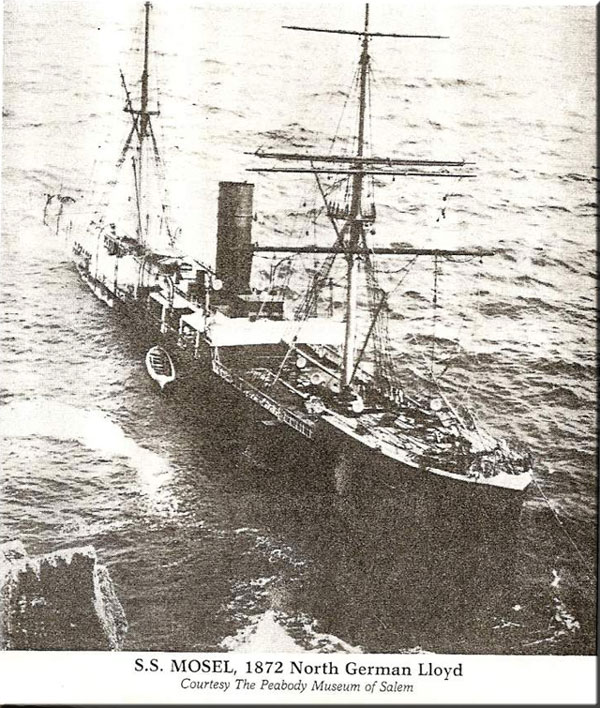
Keith decided to make a timed bomb to blow up SS Mosel and collect the insurance money. The plan is that he would book passage on the ship from Bremerhaven to Southampton so that he could set the bomb to go off when the ship was in the middle of the Atlantic and he was safely on shore in England. It shows how terrible he was as everyone on that ship would die. It’s also interesting because as I was talking to a co-worker we realized that this might be the first known timed bomb to have been used. Keith’s plan did not go as expected as when the bomb (having been hidden in a barrel) was being loaded onto the ship, the barrel was dropped and the bomb was set off, causing pure devastation at the docks.
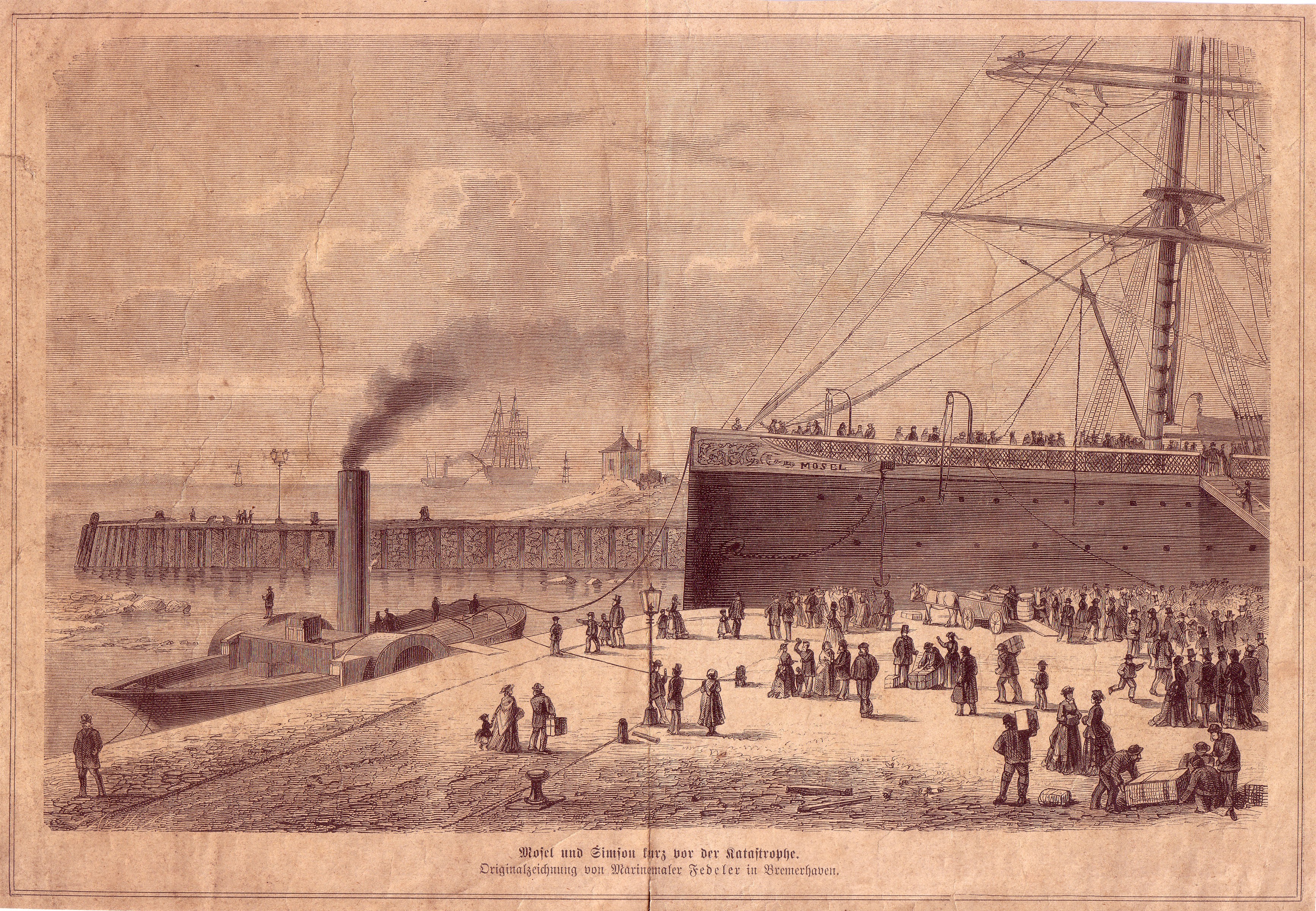
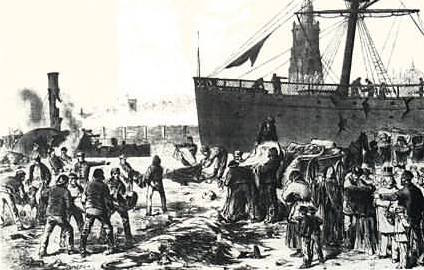
Over 80 people died from the explosion with so many more injured or affected in some way. Faced with what he had done, Keith tried to commit suicide by shooting himself while inside his room on Mosel. He left a letter asking the Captain to send what money was found in his pockets to his wife and stated that, “What I have seen today I cannot stand.” Keith did not die immediately though, but succumbed to his wounds days later. His true identity (he was using the alias William King Thomas in Germany) and the plot were uncovered when Allan Pinkerton was hired onto the case. The incident left a scar on all of those affected by it.
While Mosel was unable to make the planned voyage, she was not beyond repair. She was fixed up and continued to sail until 1882 when she ran aground near Lizard Point in England; no casualties for this incident.
And what does this have to do with The Mariners’ Museum and Park? Well, we have a sea chest that was reportedly blown off Mosel that day.
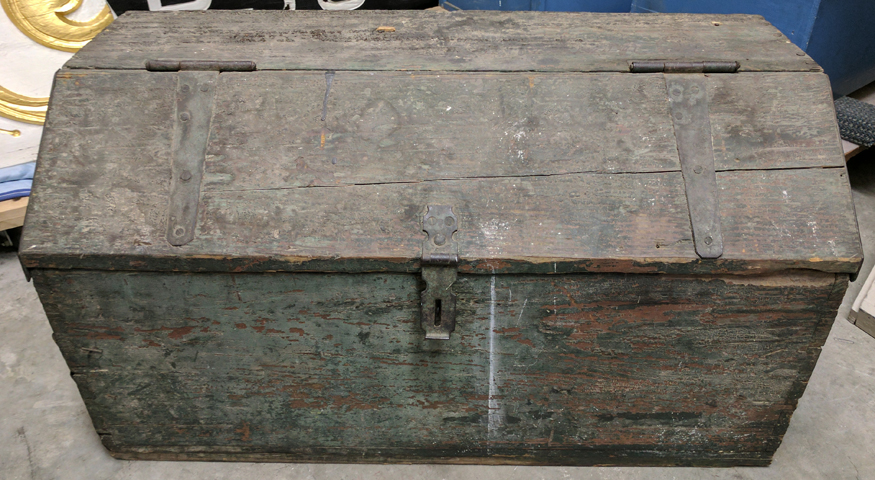
The sea chest was found by a man that day and he held onto it until 1896 when he gave it to a man named John Bader. Bader was a wood worker and one of the model makers here at the museum. He used it to store his tools until he donated it to us in 1936. It wasn’t until recently we dug into the history of the piece, and what a tale it had to tell!